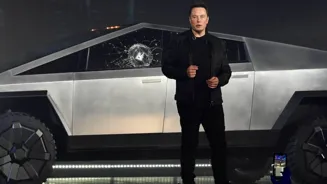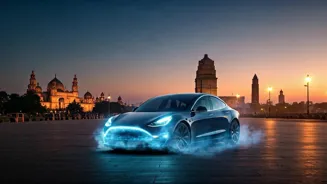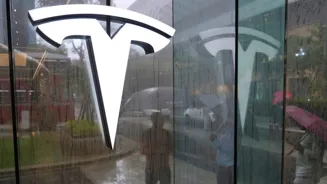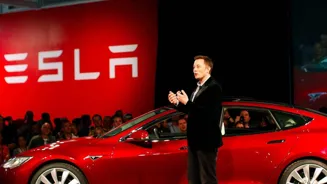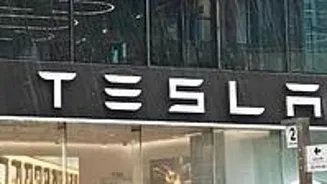The lawsuit claims that Tesla and Musk made
Tesla launched its robotaxi service in Austin on June 22, but the vehicles still require a human safety monitor in the passenger seat and are confined to a small, geofenced part of the city.
Musk’s past promises under the scanner
The 31-page complaint, filed late Monday, outlines several public statements made by Musk, arguing they were overly optimistic,
In 2023, Musk said, “The trend is very clearly towards full self-driving, towards full autonomy. And I hesitate to say this, but I think we’ll do it this year.” However, Tesla has yet to deliver a fully autonomous system that doesn’t require human supervision.
In 2024, Musk called Tesla’s software a “generalised solution,” contrasting it with Waymo’s “very localised” approach. The lawsuit claims this misrepresented the competitive landscape, as Waymo now operates fully
In January 2025, Musk made his boldest claim yet, saying Tesla would launch “unsupervised Full Self Driving as a paid service in Austin in June,” with “no one in the car.” That launch has not materialised. Tesla’s current robotaxi operations in Austin and San Francisco still depend on human supervisors.
Waymo pulls ahead
While Tesla has struggled to meet its timelines, Waymo has surged ahead. The Google-backed company now offers
Erratic robotaxi behaviour raises safety concerns
Despite Tesla’s safety claims, several videos posted online show its robotaxis behaving unpredictably in Austin. The lawsuit cites a June 23 Bloomberg article titled “Tesla Robotaxi Videos Show Speeding, Driving Into Wrong Lane,” claiming the vehicles were violating traffic laws from the very first day.
Another article, “Tesla Robotaxi
